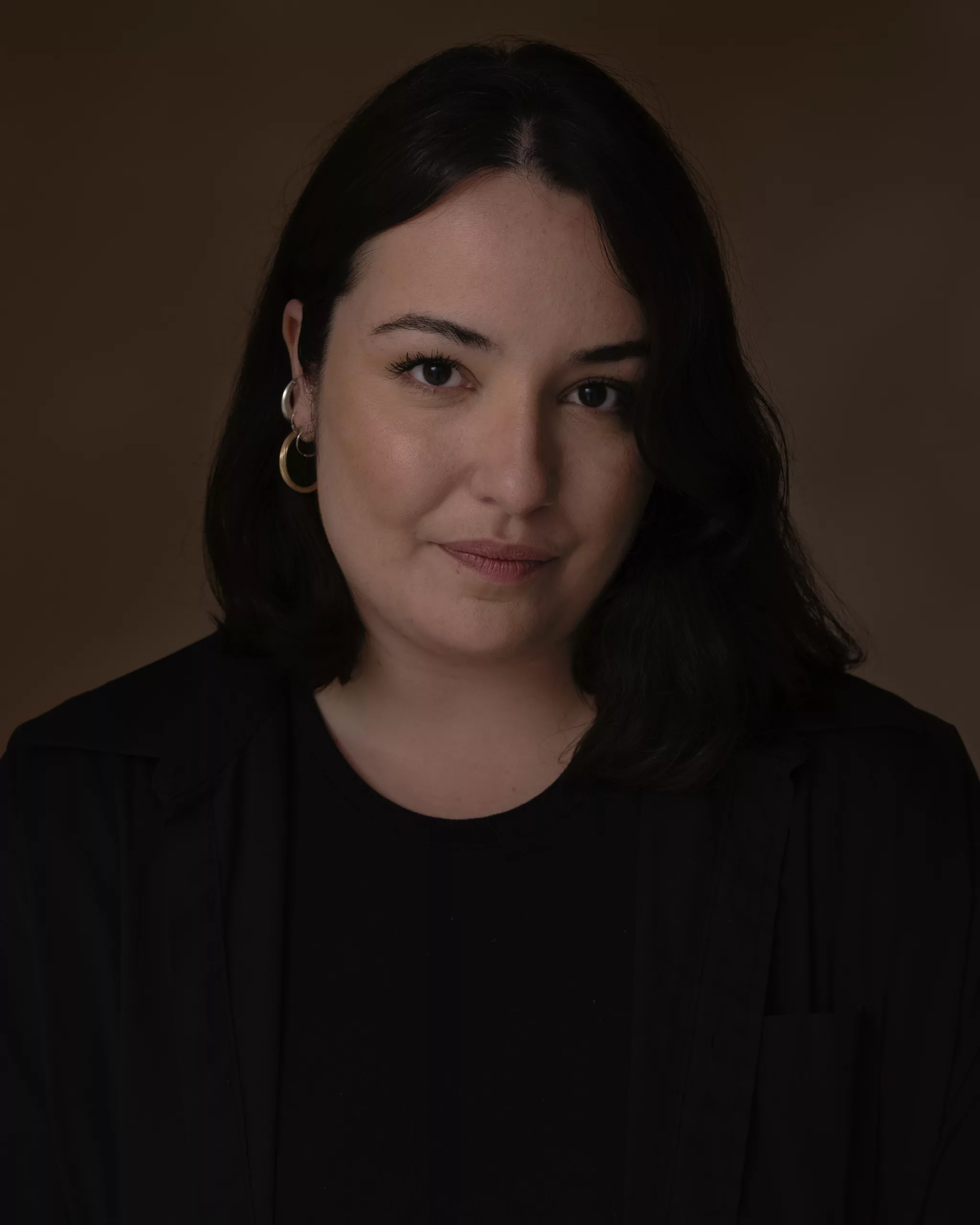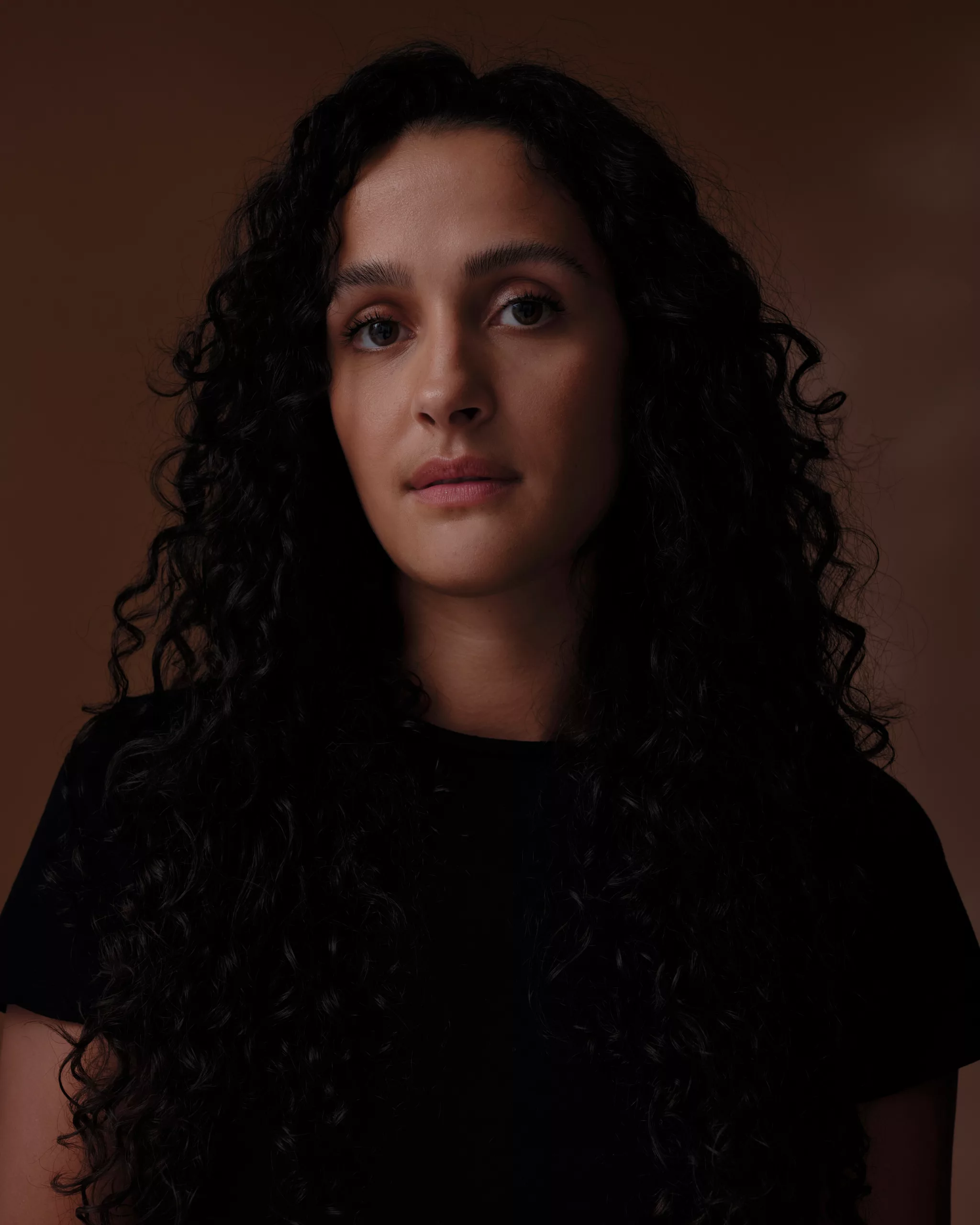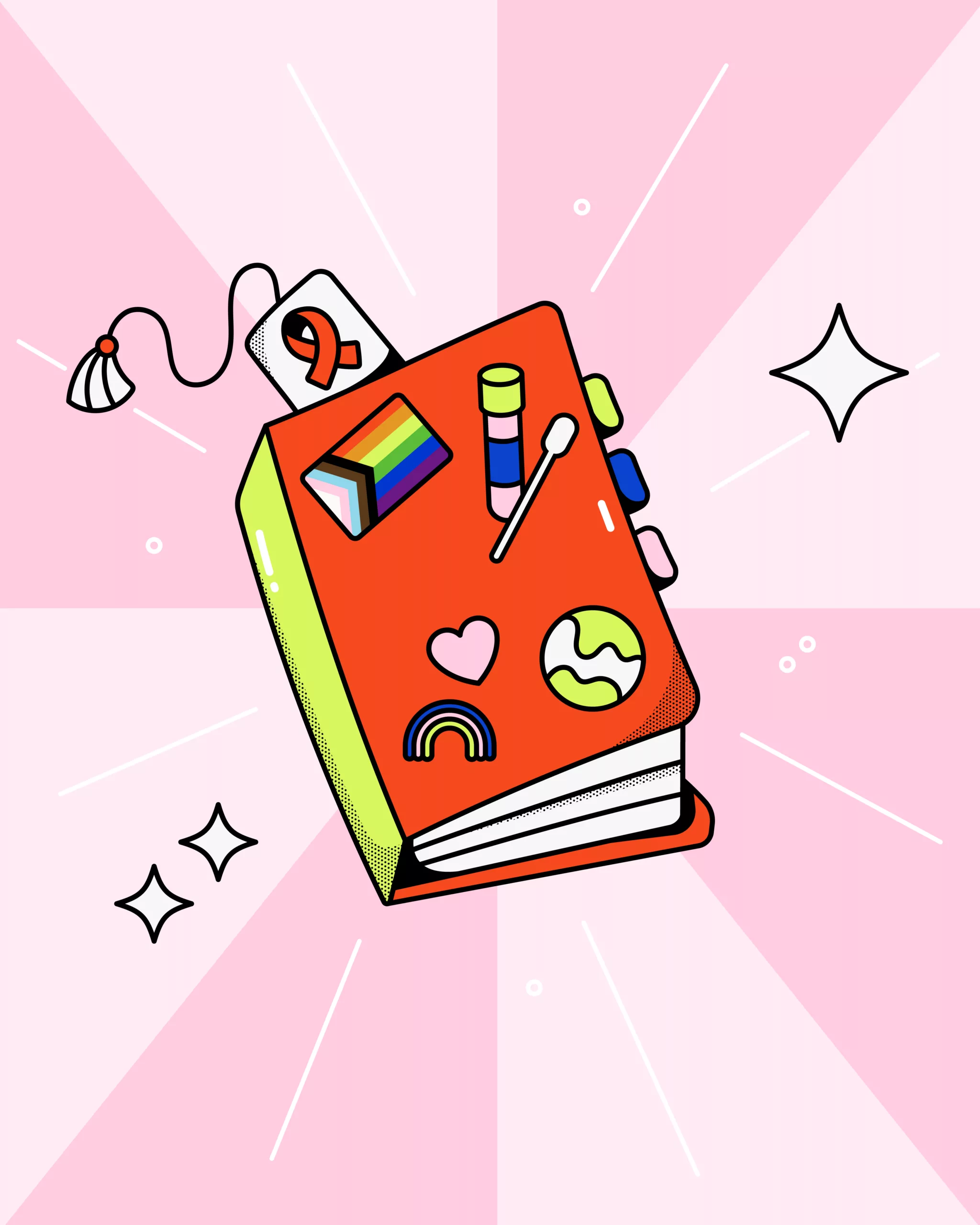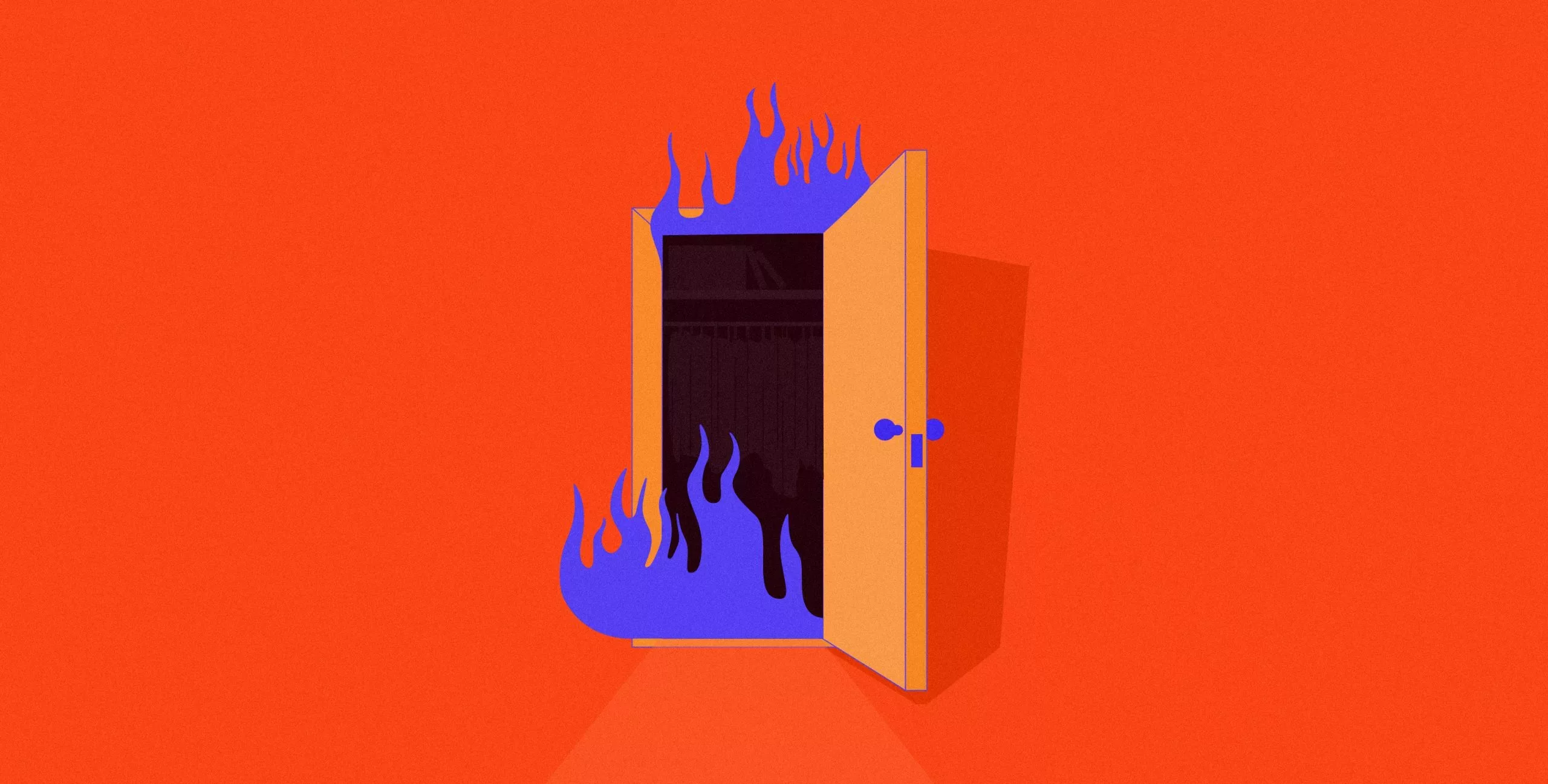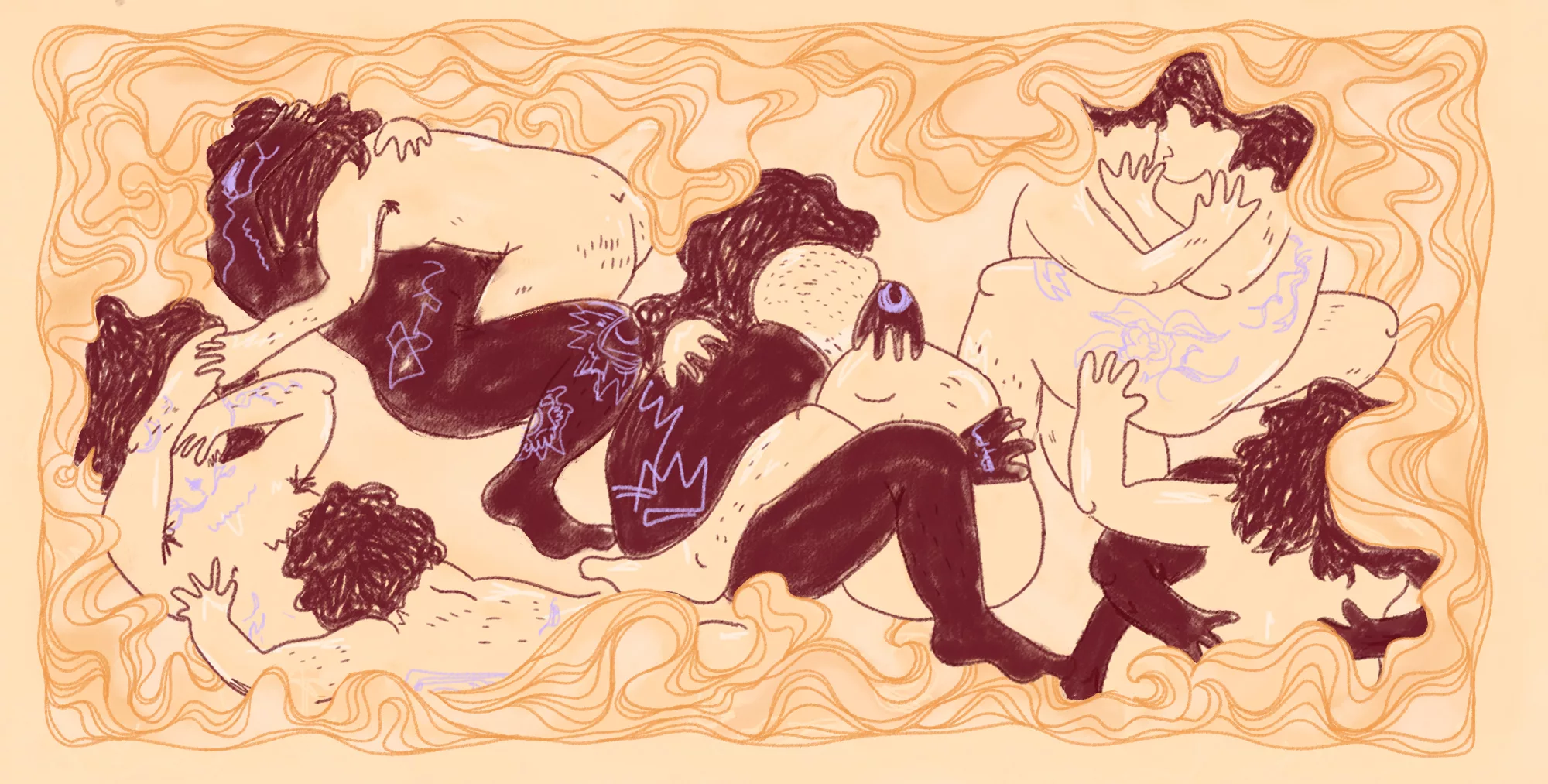Your cart is currently empty!

Coming Out As Asexual and Carrying the Burden of Educating Others
While asexuality is increasingly being talked about, the full spectrum behind this term is still relatively absent from everyday conversations. Consequently, in addition to coming out, asexual people often find themselves having to explain the nuances of asexuality to those around them. I have discussed this with Isabelle, Viviane, Hélène, Vincent, and Julien.*
“We’re society’s forgotten ones. Most people don’t even know we exist.”
Isabelle always knew she wasn’t a very sexual person, but, for much of her life, she still conformed to the popular belief that, to be in a relationship, she must have sex with her partner. For several years, she had forced herself to maintain a sex life with the people she was in love with.
“When you don’t have the words to express the fact that you don’t want to sleep with the person you love, it’s hard to do anything but try to force yourself to just do it or to find excuses not to,” she says. “At 39, when I came across asexuality, I experienced it as a huge revelation.”
While asexuality, in its broadest sense, refers to the absence or near absence of sexual attraction, some of the sexual orientations on its spectrum can manifest in sexual attraction under very specific conditions. Also, people who identify as asexual don’t all perceive sexuality in a negative light: some also see it positively or with indifference.
Asexuality is a spectrum that includes several sexual orientations such as demisexuality (only feeling sexual attraction toward people with whom one has developed a significant emotional bond), fraysexuality (only being sexually attracted to strangers or acquaintances), greysexuality (feeling rare, vague, or weak sexual attraction), and reciprosexuality (only feeling sexual attraction towards people who are attracted to us), to name a few.
Even if it is estimated that approximately 1% of the population is asexual (Bogaert, 2004), the the spectrum’s visibility is very limited. It’s for this reason that Isabelle founded the Communauté asexuelle de Montréal in 2016, a few years after coming out. In this community, but also through the podcast she hosted for years and the many talks she gave, Isabelle helped to give this often misunderstood sexual orientation more visibility
“I don’t blame people for asking all kinds of questions and having preconceptions. It’s normal to have a hard time understanding something you’re not experiencing. This is also why it’s essential to give the asexual community more visibility,” she says.
Being asexual… and loving sex
“I am an asexual person, and I love sex,” explains Viviane. Though this statement may seem paradoxical, it stands because Viviane is fraysexual: she only feels sexually attracted to people with whom she has not yet created a deep emotional connection. As soon as a relationship takes hold and develops, the young woman sees her sexual desire melt away like snow under the hot sun.
Before she realized that she was asexual, Viviane had come out twice and done a lot of sexual experimentation. She first came out as a trans woman at the age of 29, before going through what she calls an experimental phase. During this period, which spanned almost five years, Viviane explored her sexuality in many ways, including by participating in swinger parties, taking part in orgies, and joining the BDSM community. She soon realized that her sex drive quickly waned whenever she developed feelings for the person she was fucking.
“As we often associate love with sexual attraction, I spent several years wondering if I was detaching myself from my partners, or if I was a bad person,” says Viviane.
And because she has lots of sexual experience, those around her were the first to disbelieve her and invalidate her sexual orientation when she came out as asexual.
“People want me to be happy, and I understand that,” she says. “But what these people need to understand is that I don’t share their definition of happiness. I’ve personally never felt better since I told my partners that I’m asexual.”
Trial and error, and coming out
Hélène and Vincent both came out after trying, each in their own way, to mix romance and sexuality in their relationships.
When she noticed her pattern of sexual desire, Hélène turned to polyamory. When someone started a discussion on asexuality in the Facebook group Polyamour Montreal, Hélène immediately knew that she was asexual.
“As we often say in the asexual community, coming out is very demanding because it always feels like you also have to give an asexuality 101 class,” says Hélène, who is now in a polyamorous relationship with two men on the asexuality spectrum, one of whom is Vincent.
“Do you masturbate?” is only one of the many questions that are repeatedly asked to asexual people.
While it’s different for every asexual person, Vincent’s answer to that question is “yes”. He is heteroromantic (he’s romantically attracted to women) and aegosexual (he has sexual fantasies, but does not desire partnered sex), but likes to masturbate to porn. Even though he has long been pressured by those around him to find a girlfriend, Vincent no longer feels ashamed of his asexuality and talks about it openly.
A late coming out due to erasure
As for Julien, he spent his whole life looking for true love. He came out as gay when he was 17, after which he pursued a string of relationships with men without ever feeling any sexual desire for them. Years later, when he was 39 years old, Julien came out as asexual. Today, he defines himself as homoromantic and asexual: he falls in love with men, but feels no sexual attraction.
“I wandered around for two decades, wondering if there was something wrong with me, and I thought for a long time that I just hadn’t met the right person yet,” he says, adding that if he had heard of asexuality earlier, he wouldn’t have spent so much time trying to figure out what was going on in his body. While he currently fully accepts his asexuality, he is still looking for someone who will love and accept him for all he is.
Do you have any questions about asexuality? There are several resources and forums out there to help you see more clearly, including organizations like Alterheros and Interligne, and Facebook groups such as Asexual ACES and Non-Binary Gender & Aro/Ace Spectrum.
-
Bogaert, A.F. (2004). Asexuality: Prevalence and associated factors in a national probability sample. Journal of Sex Research, 41(3), 279–287. https://doi.org/10.1080/00224490409552235
Bogaert, A. F. (2015). Asexuality: What it is and why it matters. Journal of sex research, 52(4), 362–379. https://doi.org/10.1080/00224499.2015.1015713
Decker, J. S. (2015). The Invisible Orientation: An Introduction to Asexuality* Next Generation Indie Book Awards Winner in LGBT. Simon and Schuster.
Haefner, C. (2011). Asexual scripts: A grounded theory inquiry into the intrapsychic scripts asexuals use to negotiate romantic relationships (Unpublished doctoral dissertation). Institute of Transpersonal Psychology, Palo Alto, CA. https://www.proquest.com/openview/43af8997930280430aedef74a340816f/1?pq-origsite=gscholar&cbl=18750
Mitchell, H., & Hunnicutt, G. (2019). Challenging accepted scripts of sexual “normality”: Asexual narratives of non-normative identity and experience. Sexuality & Culture, 23, 507–524. https://doi.org/10.1007/s12119-018-9567-6
Van Houdenhove, E., Gijs, L., T’Sjoen, G., & Enzlin, P. (2015). Stories about asexuality: A qualitative study on asexual women. Journal of Sex and Marital Therapy, 41(3), 262–281. https://doi.org/10.1080/0092623X.2014.889053

According to popular belief, an asexual person can only be in a relationship with another asexual person. The truth is, however, that asexuality and aromanticism are two different concepts.

If reading this article has piqued your curiosity, there’s an episode of our podcast, À quoi tu jouis?, that explores the broad spectrum of asexuality. (available in French only).
